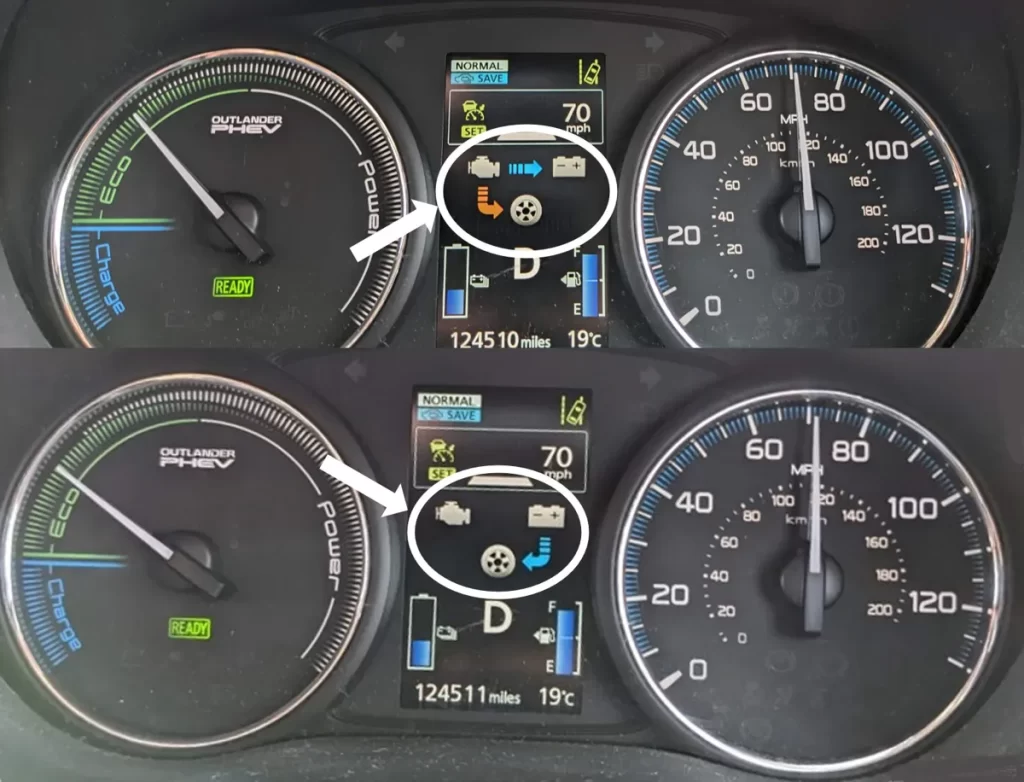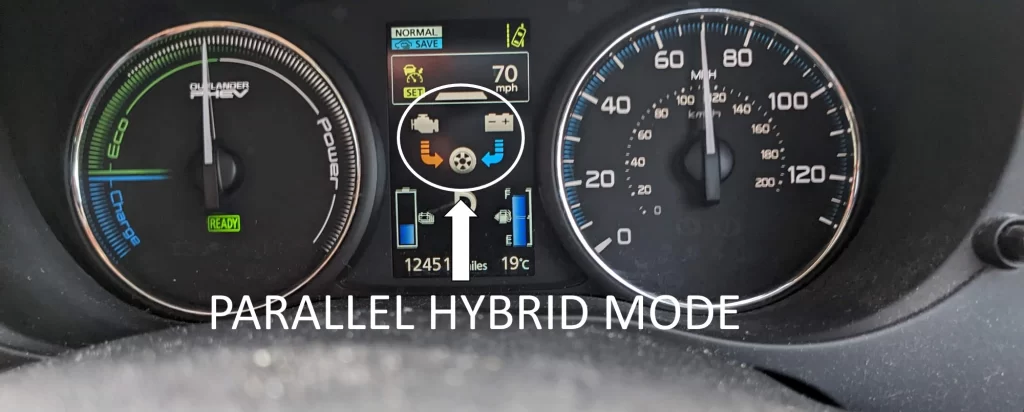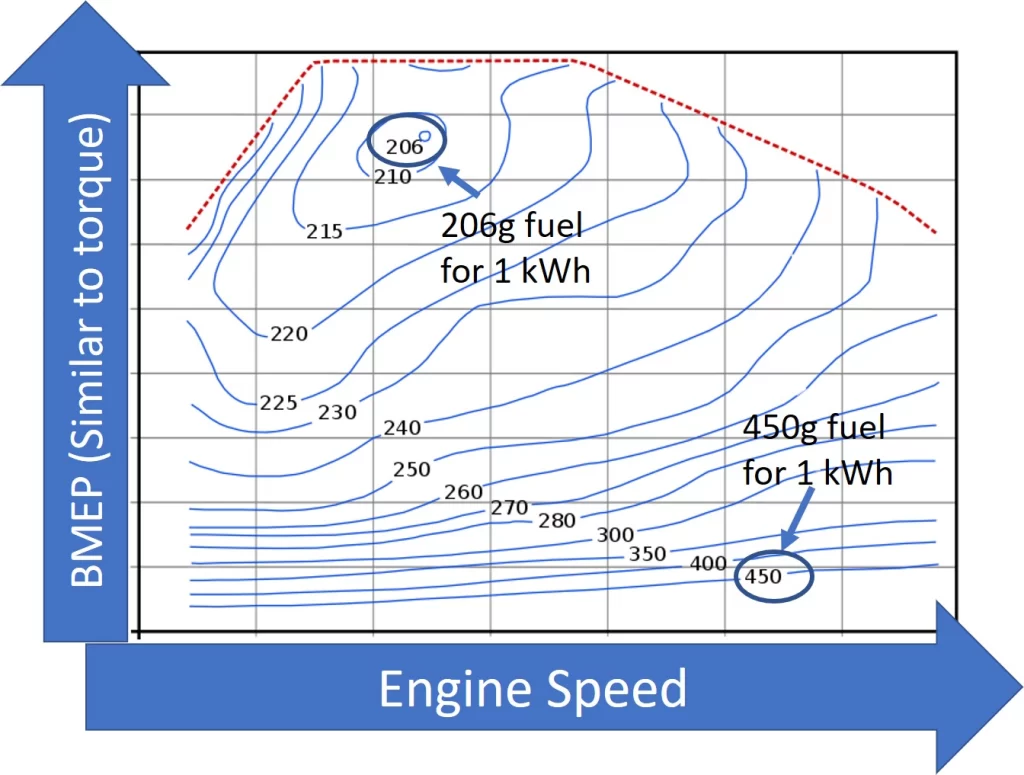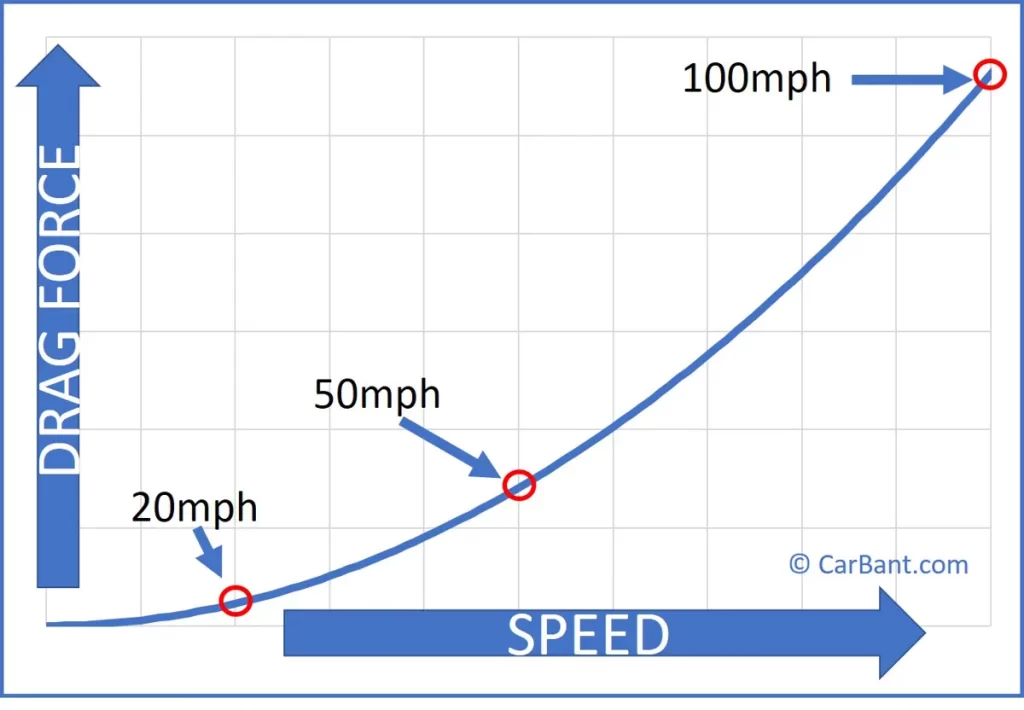Grab a coffee, and settle in. This post is packed with info about hybrid technology. You could then use this info to arm yourself for some potential big purchases (I’m thinking your next car!)
Table of Contents
Reasons you Should Consider a Hybrid
I put my money where my mouth is and bought a hybrid almost 2 years ago now.
Back at university, I learnt all about how the Toyota Prius Hybrid system worked. It might not be cool, but it’s a pretty clever addition to the classic internal combustion engine.
I think the main reasons to buy a hybrid are
- Lower fuel consumption. This is particularly true of a plug-in hybrid.
- Relaxing to drive, they tend to whoosh away under electric only.
- Reliability, despite the complexity, these cars are often not exactly highly strung!
You might also be interested in another post I wrote recently – Hybrids, worst of both worlds?
Self Charging Hybrid, a Con?
This is where the fun begins. You may have heard of perpetual motion? It’s the idea of having the energy to do something useful, but that energy never runs out.
Would it be possible to use a solar panel to power a lightbulb, and that lightbulb provides enough light to the solar panel to power the light? The answer as you might have guessed is a big fat NO! The light bulb will always consume more power than the solar panel can create. You don’t get free energy it doesn’t happen!
The same argument could be said for a self charging hybrid. How can using an engine to charge a battery possibly save fuel? Surely you just burn more fuel charging the battery?
I made a video, pooling all my years of experience as an engineer to try and explain this complicated topic in an easy to follow way, watch it through, I made some cool animations to get the point across!
A Video Explanation
To summarise the video.
- Fuel is a store of energy
- Engine are just machines that convert chemical energy (fuel) into kinetic energy (moving your car)
- Engines are more efficient (they do more useful work with the same amount of fuel) when operating close to peak torque!
- Driving along in a cruise you might only need 5% of the available power your engine can deliver – this makes your engine pretty inefficient most of the time.
- Imagine if you could operate the engine closer to its peak power (where it is more efficient) and do lots of useful work and then switch the engine off…
- …Well you can with a hybrid, the useful work doesn’t all need to go into moving the car, some of it can be put into the battery ready for later
- When you switch off the engine the stored energy in the battery can keep the car moving
- All the full hybrids I have driven employ this technique on the motorway for instance.
Hybrid Motorway Operation
As the first of the two images below shows, the engine is directly coupled to the wheels (orange arrow). This is the most efficient flow of energy when the engine is on. That’s because the rotation of the engine is directly linked to the rotation of the wheels. Any remaining power is then delivered to the batteries via the generator (blue arrow).
The Mitsubishi Outlander PHEV, arguably a glorified brick(!) gets around 40 UK mpg cruising just below 70mph. It achieves this better than expected fuel economy by sophisticated energy management.

If you watched my explainer video above, hopefully you understand why running as a hybrid can be more efficient. In my experience, a 100 mile journey at 70mph on the motorway is typically completed with about 50 miles in EV mode (with the engine off).
I got my wife to lean over and take a photo of the dash on a long drive recently. The cruise control was set at 70mph and the car was in ‘save’ mode which keeps the battery at the same level. It then cycles back and forth between engine on / off operation.
Parallel Hybrid Mode
Parallel hybrid, when the engine and electric motor work together in parallel. It’s pretty rare that this mode kicks in. Here, the car is climbing a hill so to help the engine out, the electric motor provided a burst of additional power.

Having this mode in your back pocket allows engineers to design engines and final drive gearing for fuel efficiency without big sacrifices in driveability.
Series Hybrid Mode
In series hybrid mode the engine runs a generator, which in turn creates electrical power to run the electric motor. The engine is NOT connected to the wheels:

This mode is my least favourite. It’s a necessary evil in a situation where:
- Drive, also known as the traction battery has gone flat
- Vehicle speed is too slow to couple the engine to the wheels (photo above is slightly misleading and needs updating soon!)
Other cars may be different, but the Mitsubishi Outlander does not have a conventional gearbox. Instead it uses the generator as a virtual gearbox to allow the engine to provide useful power at low speeds when coupling it to the wheels would either cause it to stall or run it too slowly.
EV Only Mode
This has to be the favourite mode of any hybrid driver! Plug-in hybrids are able to cover lots of mile in electric vehicle (EV) only mode. Essentially, charge your drive battery at home (preferably on the cheap rate electricity) and do all of your local trips without the engine needing to switch on.

Perhaps you are wondering why driving electric only is so much better than with the engine running? Check out this post – Does a Plug-In Hybrid Recharge While Driving, where I cover the cost to drive 20 miles on electric vs good ol’ fashioned gasoline!
You may also be interested in this post – Engine OFF Driving- Find Out How To Prevent Hybrid Engine Start
Why Big Engines are Less Efficient
Marine Diesels
Engineers measure efficiency with a metric called brake specific fuel consumption (BSFC). BSFC measures how much fuel is required to generate a certain amount of power. Believe it or not, big engines are typically more efficient than small engines! In fact, the most efficient engine in the world is this 519 litre diesel engine:

Passenger Cars
The confusion comes when you consider how much power a car uses 99% of the time. If you put the engine pictured above in your car, don’t expect to get 50 mpg! The trick to an efficient car is often a small engine. You simply don’t need a 5 litre V8 to drive to the shops. That 400hp engine is not going to be producing anywhere near what it is capable of most of the time.
If you put a 250cc engine in your car, it will almost certainly give better fuel economy than a 5 litre V8! However, as you might have guessed, it will give terrible performance for acceleration and top speed. So engineers are forced to compromise. You need an engine that can perform for that once a month burst of acceleration but can deliver acceptable fuel economy the rest of the time.
Hybridization to Downsize
As a rule of thumb, the more time an engine spends running closer to its maximum torque output, the more efficient that engine becomes. You can achieve this by using a smaller engine, since smaller engines typically produce less power.
A car might need 15hp to travel at 30mph. If you have a 400hp engine you will need less than 4% of its maximum output to drive along. Conversely if you have a 90hp engine, you will need more than 16% of its available output. So you are closer to maximum power in the 90hp engine vs the 400hp
Engine downsizing as mentioned above, is great for fuel economy, but what about acceleration suffering with only a 90hp engine? One solution is to supplement the internal combustion engine with an electrical motor to add to the overall power output. A hybrid does exactly that!
For example, the BMW 330e has a power output boosted from 252hp to 292hp using the electric motor. In the past, engineers targeting an output of 292hp would have used a larger displacement engine and taken a penalty on fuel consumption.
When is an Engine at its Most Efficient
What is Brake Specific Fuel Consumption
If you followed the explanation above, you should have gathered that engines typically operate more efficiently close to their peak torque output.
Engine efficiency in its purest form is defined as the amount of fuel consumed to produce a certain amount of power. This has the name brake specific fuel consumption (BSFC). BSFC maps look like this:

It might sound confusing and look complicated but on closer inspection it all starts to make sense. The y axis (pointing up) is basically the torque from the engine. The x axis (pointing across) is the engine speed. The lines inside are efficiency points that look at fuel consumed / power created.
I circled two key points above:
- 450 g/kWh, that is relatively speaking, a lot of fuel for not much power
- 206 g/kWh, that is approximately half the amount of fuel for the same amount of power!
- You should assume that both points circled are producing the same amount of power or useful work,
- BSFC maps shows how many grams of fuel is used in 1 hour to maintain 1 kW of output from the engine.
- Bottom right (450g/kWh) is high engine speed, low torque
- Top left (206g/kWh) is low engine speed, high torque
BSFC Real World Example
I’ll try and put it another way. Let’s say your car needs 15hp to drive at 30mph. You could drive along in first gear at 30mph, the engine would be revving away making loads of noise and creating the power you need (15hp). However, you would get terrible fuel economy.
So, like your driving instructor taught you, you should change gear until the engine is rotating more slowly, maybe 5th gear instead of 1st. Your car hasn’t changed speed, so you still need the same amount of power (15hp in this case) to go along at 30mph. But you changed gear, so now you’ll need more torque to produce the same amount of power – but the huge benefit is that you get better fuel economy because you are operating closer to the engines most efficient area.
Why Changing Up Saves Fuel
By changing up into 5th gear you moved your engine’s operating point away from the inefficient bottom right area, to the efficient top left of its BSFC curve. It’s safe to assume that most BSFC curves for internal combustion engines look pretty similar, with islands of efficiency tending to be around peak torque and slower engine speeds.
What Speed is My Car Most Efficient
Perhaps a more relevant question is, ‘when is the engine in my car most efficient‘. You probably don’t care about BSFC, you just want great mpg.
This question is quite difficult to answer. For an engine in isolation it’s easy to say where it produces the most power for the least amount of fuel. Sticking that engine into a car, we have gear ratios and the horror of wind resistance to contend with!
A car at top speed suffers from huge amounts of wind drag. Here is a graph of wind drag vs speed, you can see that things get ugly the faster you go!

What’s actually happening is the faster you drive the more work your engine must do to overcome drag. Eventually the drag is all consuming and your car will reach its top speed.
As a rule of thumb I would say a non hybrid car is typically most efficient travelling around 55mph in top gear. At this speed, wind drag is not dominating and you will be running the engine well below it’s peak RPM and hopefully close to its peak torque output.
As a caveat you may notice the graph above is not a straight line. That tells you that the relationship between drag and vehicle speed is not proportional. It’s this reason that you only need about 80hp to go 100mph and more than 500hp to go 200mph!
What Speed is a Hybrid Most Efficient
In a nutshell, low hybrids reign supreme at low speeds! Due to the unique nature of power distribution in a hybrid, engine output does not all have to go into the wheels (some can go into the battery). Since the engine does not have to always be connected to the wheels, engineers have the option of running a hybrid car’s internal combustion engine closer to it’s peak efficiency for more of the time. When not coupled to the wheels the electrical generator is used to hold the engine at a preferred engine speed, by varying the load on the engine.
Why do CVT Gearboxes Stay at One Speed?
If you’ve ever driven a hybrid you might notice that engine on acceleration might happen with the engine stuck at a constant engine speed, even though the car is getting faster. It feels rather odd, like a clutch that’s slipping. In reality the powertrain controller is holding the engine at what it calculates to be the most efficient speed to produce the most amount of useful work for the least amount of fuel.
This has historically been referred to as a CVT gearbox, which stands for Continuously Variable Transmission. Hybrids don’t have belts and cones anymore, but they can still apply charging loads to the engine which hold it at a constant engine speed, simulating the CVT effect. You might find this other post useful – Ever Wondered Why Hybrids Never Have Manual Transmissions?
Why Do Hybrids Get Better City Mileage
Returning to the original question, ‘at what speeds are hybrids most efficient’ hybrids are much better suited to low speeds. The main reason for this is the fact that aerodynamic forces are considerably lower at low speeds.
Electrical motors are very efficient at low speeds (the same can’t really be said for internal combustion engines). And since halving your speed from say 55mph to 27mph will reduce air drag by a factor of 4, essentially means you would be able to go almost 4 times as far on the same charge, (there are other factors that I haven’t considered, but hopefully you get the idea).
The powertrain controller in a hybrid has free reign to run the engine as it sees fit. As a result, the car might be driving at a steady 30mph with a required power of 15hp, but the engine might be operating at 60hp, dumping excess power into the battery, so that the engine can be switched off shortly.
If you followed my explanation above about BSFC, you probably wouldn’t be surprised to learn that the engineers that calibrate the hybrid powertrain will first create a BSFC map of the engine for that vehicle and then use that BSFC curve to guide their hybrid drive calibration.
Why Not Just Go Electric
The latest (2023) Toyota Prius has been unveiled. I think this is a good argument to not go fully electric! Toyota clearly realised that to compete with electric cars they have to offer something compelling to stop customers buying electric.
What you have with this Prius is a car that is quicker to refuel than an equivalent electric car. The acceleration is nothing to be sniffed at either. With power output at 223PS, it sprints to 62mph in just 6.7 seconds.
I recently hired a car for a work trip. As I was walking over to the rental showroom, the thought popped into my head “What if I get an electric car that’s not fully charged”. The problem was, I needed to get in the car and immediately drive almost 200 miles that afternoon to arrive on time for the meeting. When I got in the car it had 1/4 of a tank, the previous renter had returned it like that 20 prior to me picking up. Refuelling this car was quick and convenient. The big issues with electric cars in 2024 are:
- Typically more expensive than the equivalent non electric sized car
- Charging network in the UK is way less convenient than filling up with conventional fuel
- Refuelling takes longer, so a 400 mile journey is likely to take longer in an electric vehicle.
How Long Does it Take to Charge a Tesla
My last point in the list above is arguably a non issue (depending on the range and ability to rapid charge).
If you were to drive the 400 miles from London to Edinburgh in a standard Model 3 (admittedly not the long range) you would need 2 stops to charge: 50 minutes as well as a 15 minute top up.
- Tesla Model 3 base rear wheel drive would take 9 hours according to Tesla
- A standard car covering the same distance without a break would take about 7 hours 30 minutes according to google
- The Tesla would take an extra hour, if you were to include a half hour break for both journeys
- If you aren’t in a Tesla, you might find that rapid charging is not quite as accessible or as quick, supporting my original point of a downside to electric in 2024 .
Before you go
Hungry for more hybrid tech knowledge? Check out these other awesome posts I wrote recently

